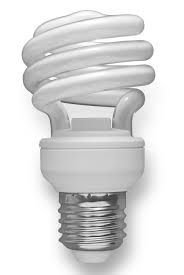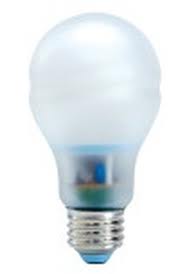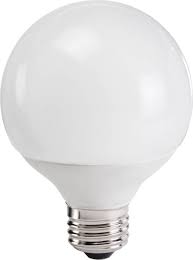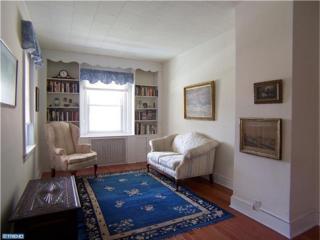Home Staging Lighting Tips
There are so many things that I love about staging but maybe none more than lighting. I'm somewhat obsessed with using pretty lamps as gorgeous focal points but also the way that lighting makes you feel. So for me, lighting goes way beyond just functionality but is also the key to setting a mood.
And, in staging, lighting is super important in creating a mood that helps buyers not only see your house but to swoon over it.
That is why the idea of incandescent lighting being gone stresses me out. I cannot tell you the number of times that I have gone into someone's home and seen these Spiral Bulbs…
And, worse yet, in a fixture where you see the bulb like this…
These bulbs are absolutely not pretty to look at and they can also give off a very cold, blue-white light. That is fine for task lighting at your desk, but awful for creating a warm, welcoming atmosphere or a nicely shot photo if those are poking out below or above your vanity or dining room light fixtures.
So, in this new incandescent-less age, when staging, there are 3 things that you need to consider when choosing the right bulb for the job:
1. Light Temperature
This is HUGE! The temperature of the light refers to the warmth or coolness of the light. Think of those headlights that you see on cars these days that are so blinding as they come at you–those lights have a very cool light temperature. So do many fluorescent lights.
Now, consider the lighting in a moody library scene in a movie–those lights give off a very warm glow. Consider that we have lived with incandescent lights for over 130 years so that is what we are used to and what is the comfort food of lighting for us. So a super important factor when choosing lighting will be looking at the Kelvins (such brainiac sounding stuff?!).
Incandescents have a temperature of around 2700 Kelvin. Newer bulbs have temperatures anywhere from 2800-4000 Kelvins. For staging the main parts of your house, you will want to use bulbs that are right around 2700 Kelvins but can go higher in your bathrooms. But let's not go crazy! We don't want someone to be startled by the amount of light when they flip the switch on ; ) (this actually happened to me at a past client's house–she and I had a good chuckle about how high I jumped!)
2. Bulb Design
Bulb design refers to the shape, base type and lighting controls (are they dimmable [yes!] or 3-way).

EcoSmart CFL's from Home Depot are great for lighting under a lampshade and has been voted the best CFL for the temperature (warmer rather than cooler) of the light it gives off and how nicely and evenly it lights a space. Definitely don't use this if it is going to be exposed above or below a glass shade used in a bathroom or dining room.

A-Line, this mimics the look of the old incandescent and can be used if the bulb may be exposed like in a pendant lamp or down-facing vanity light. Remember, to keep in mind the temperature of the light.

A Globe bulb is ideal for exposed lighting around a vanity or in a vanity fixture.
An LED or fluorescent Chandelier bulb is perfect for a chandelier that is dimmable and provides soft, warm light.
3. Light Bulb Consistency
Ok–this seems so basic, but I see it so commonly that I have to mention it. All of your light bulbs should be working. If there are any that need to be replaced, go for it! But, keep in mind that if you have a fixture that has more than one light on it (ie. a chandelier or a vanity fixture) or a series of pendants or a ceiling full of recessed lighting, please keep your bulbs consistent in both look and wattage. You may have to replace all of your bulbs to achieve this, but it will be so worth it. Believe it or not, having different bulbs in shape and wattage, reads that the house is not even cared for well in the most basic sense.
What are your thoughts?
Is that being overly picky or is it a worthy activity to be conscious of the lighting in your house when staging? Do you have any lighting tips that you would like to share?

Leave a Reply